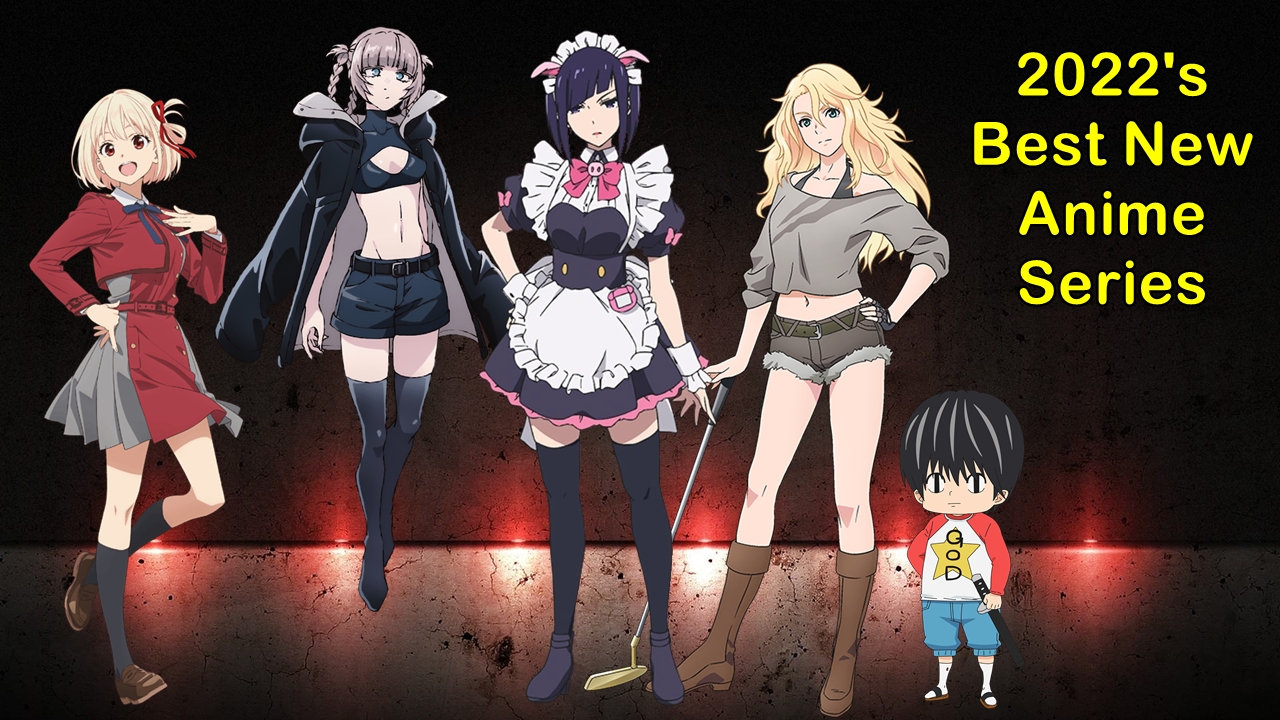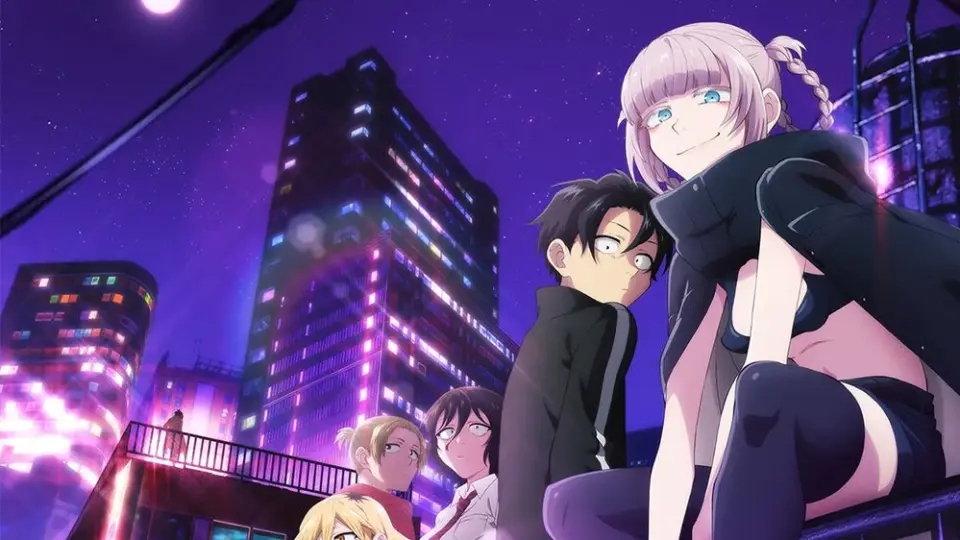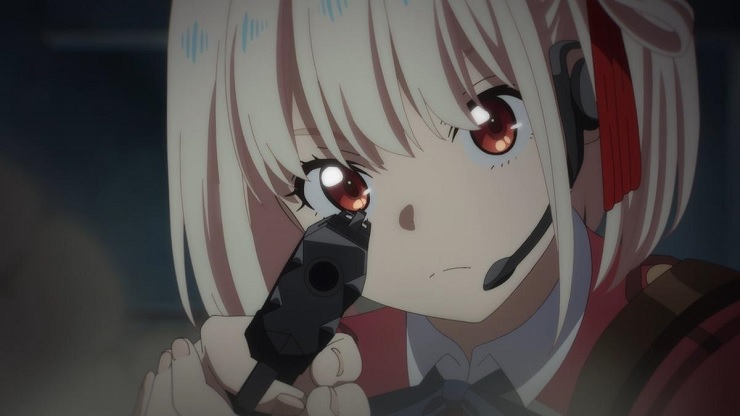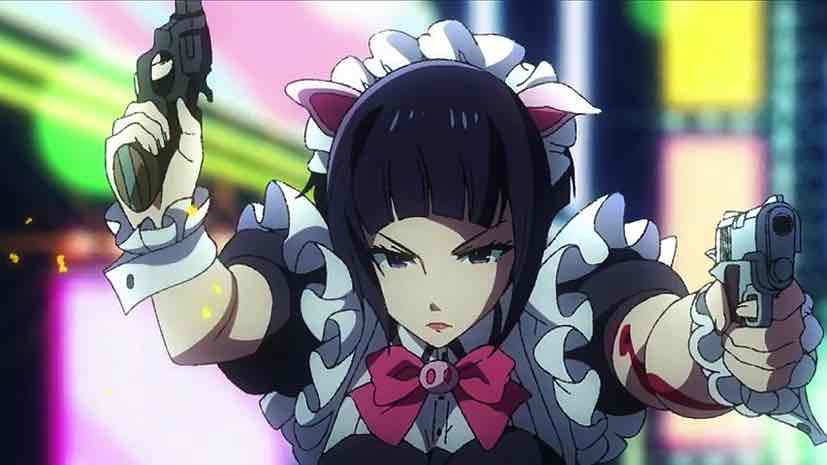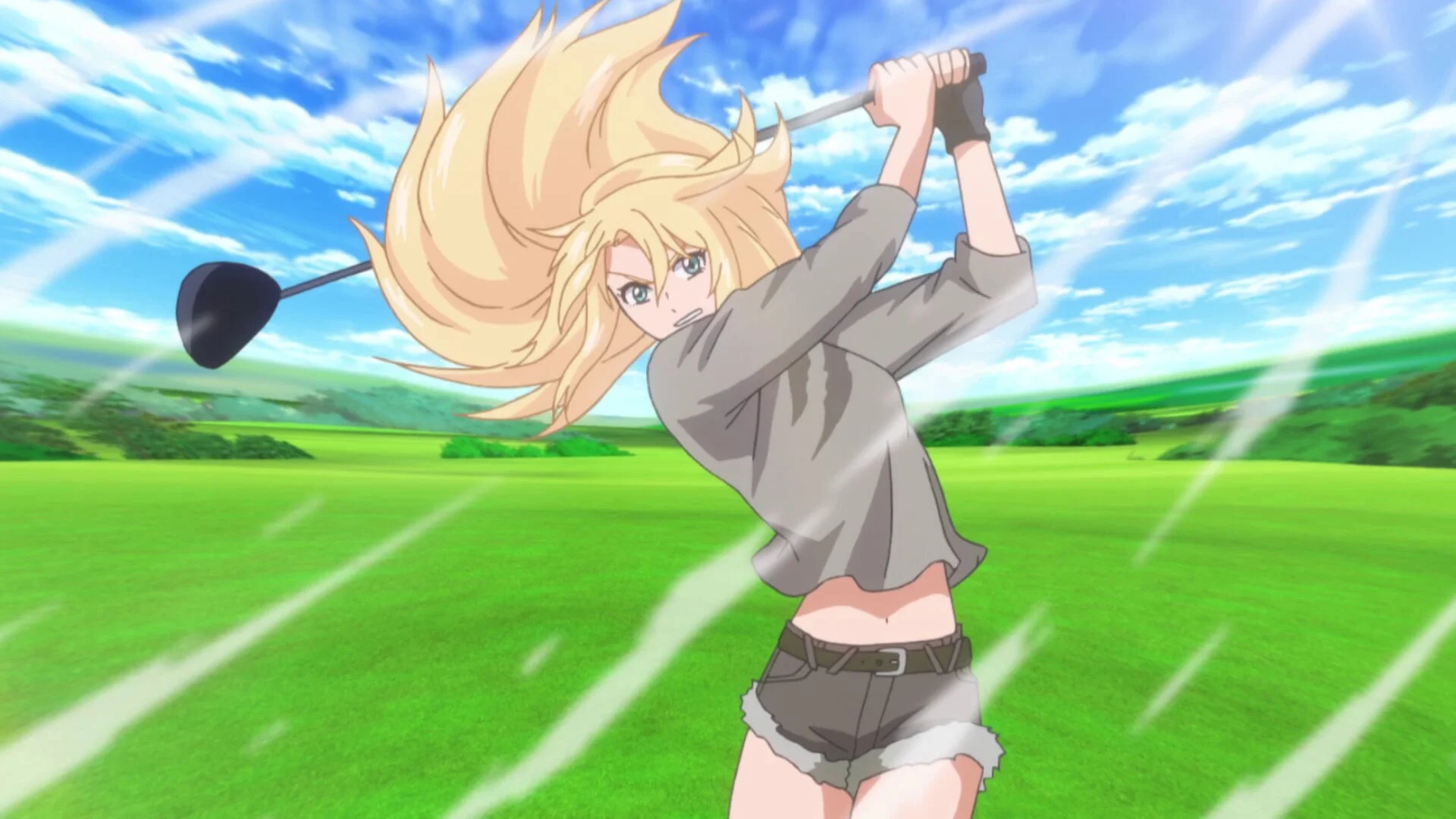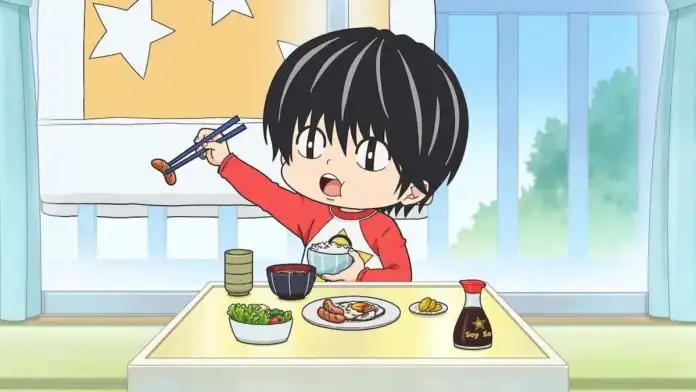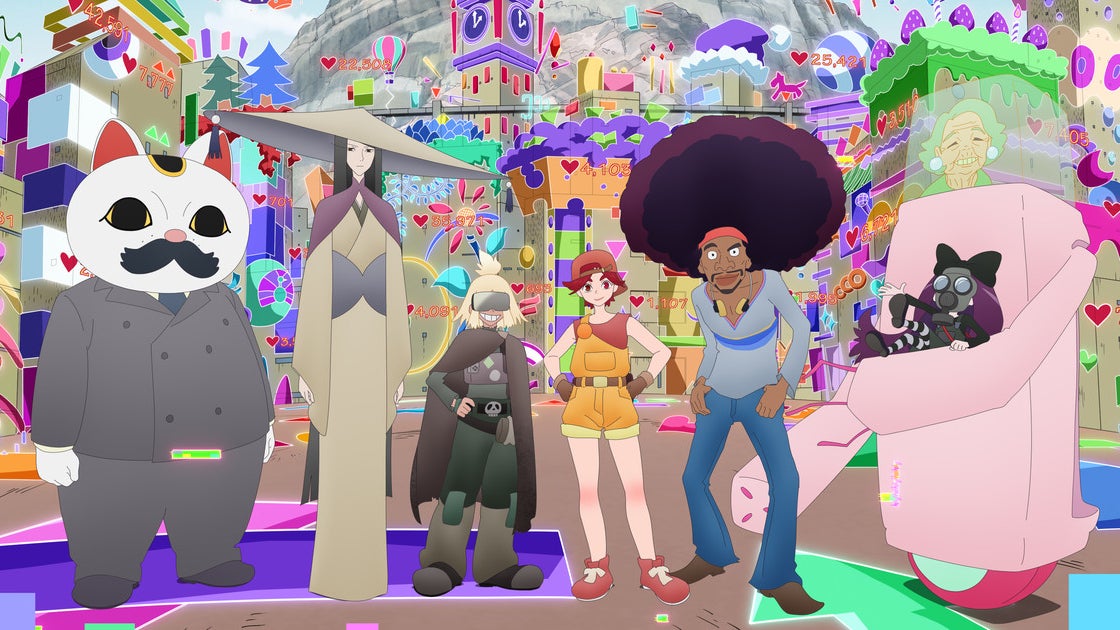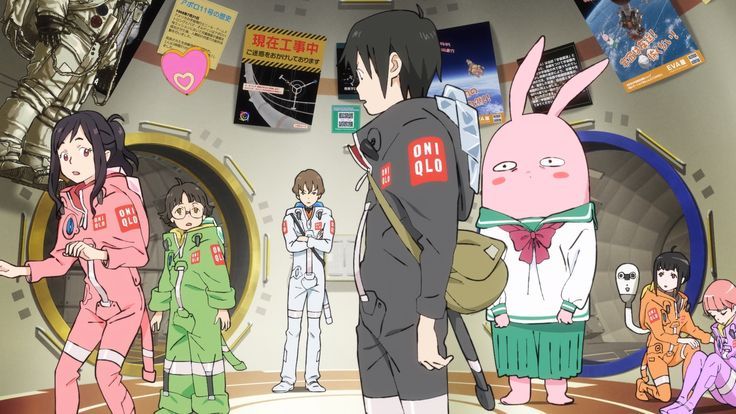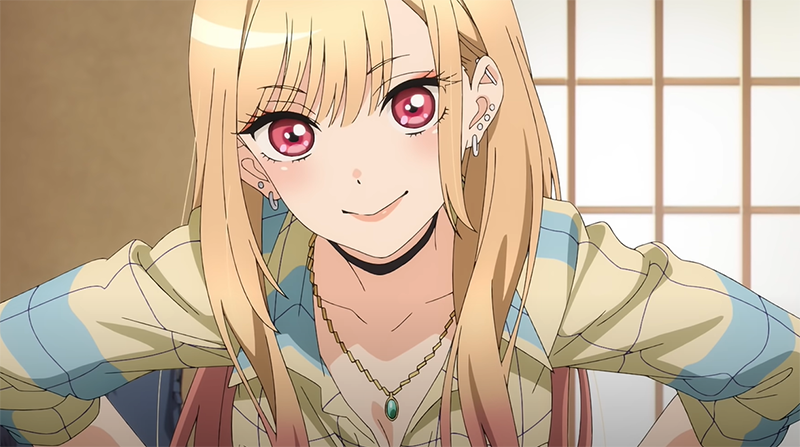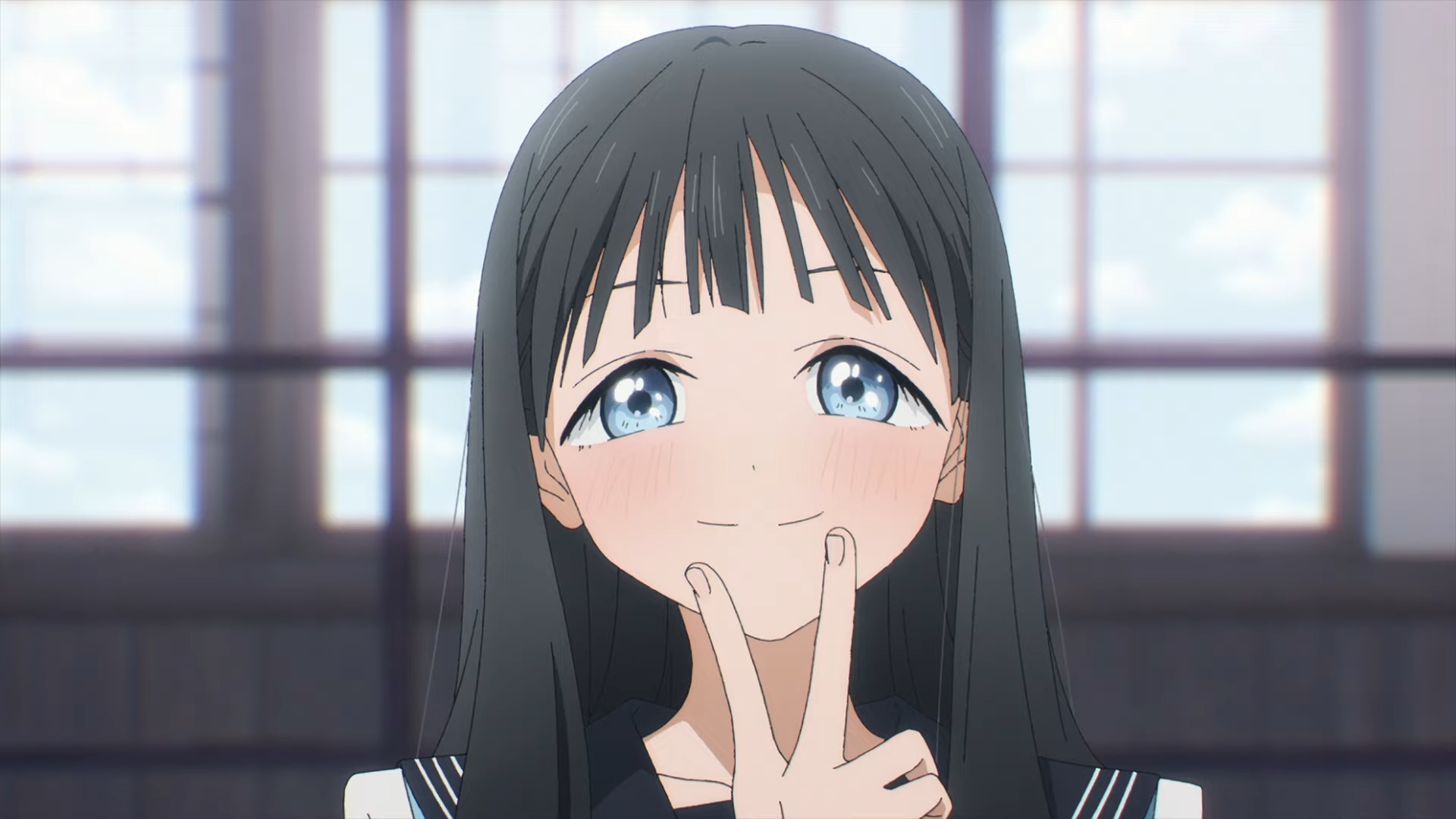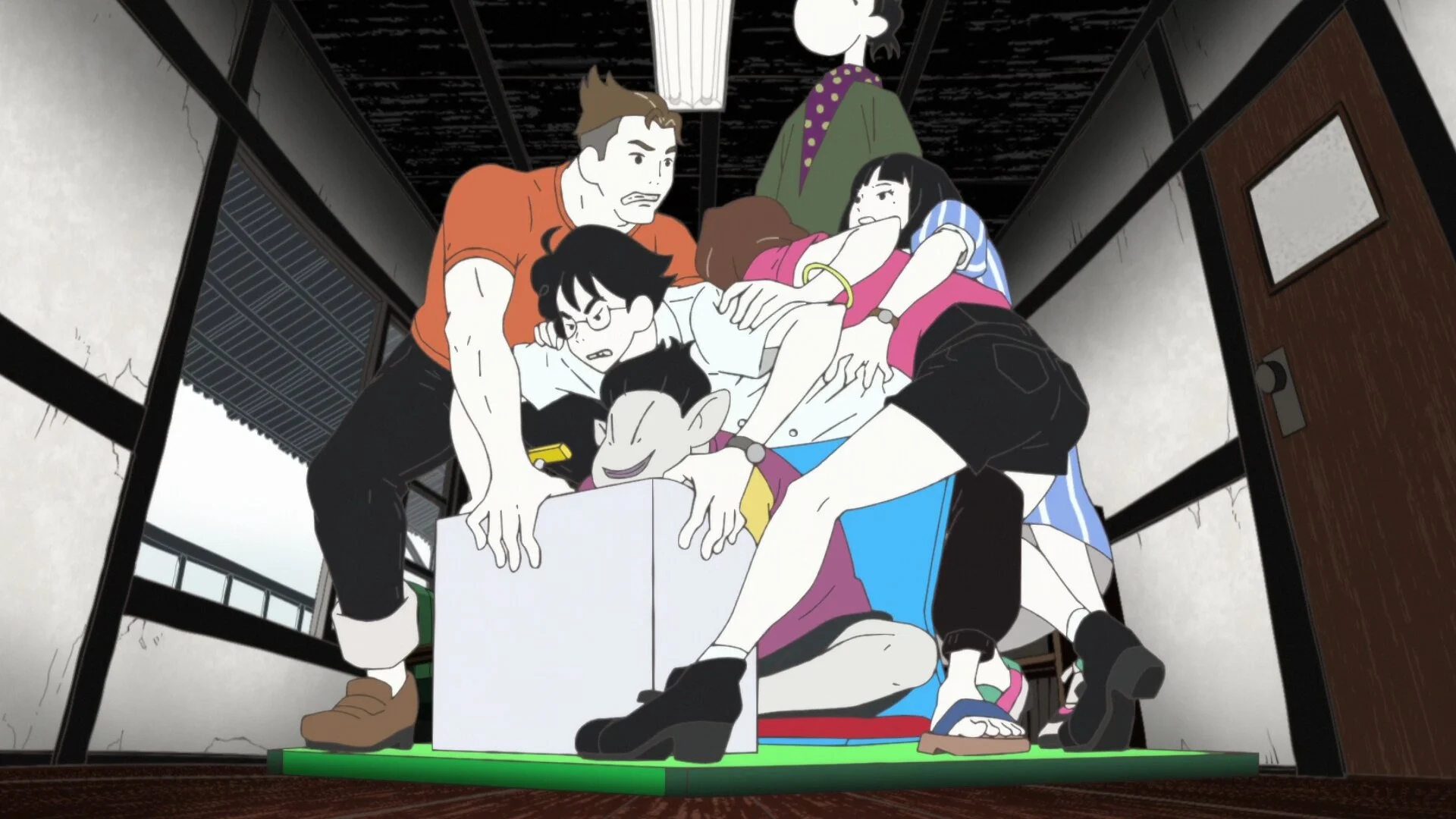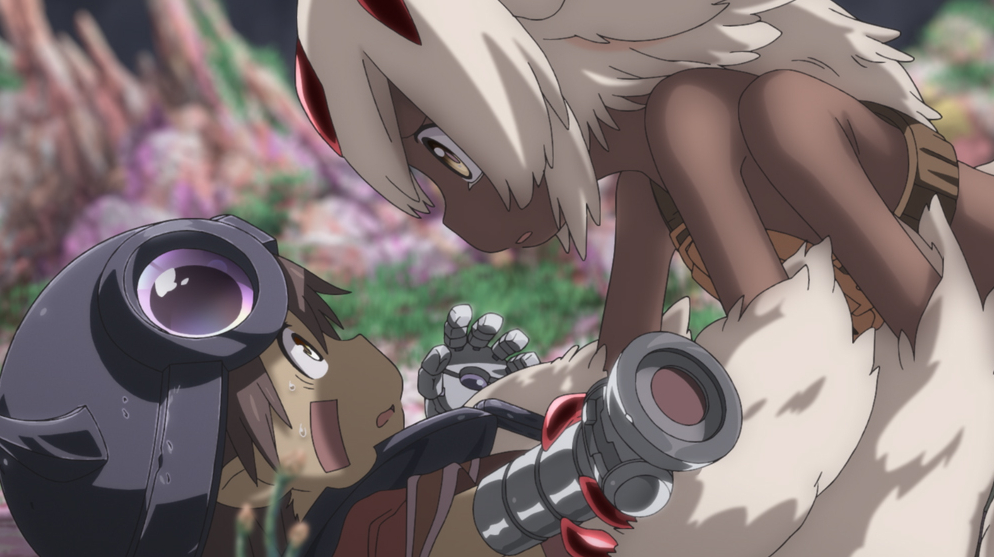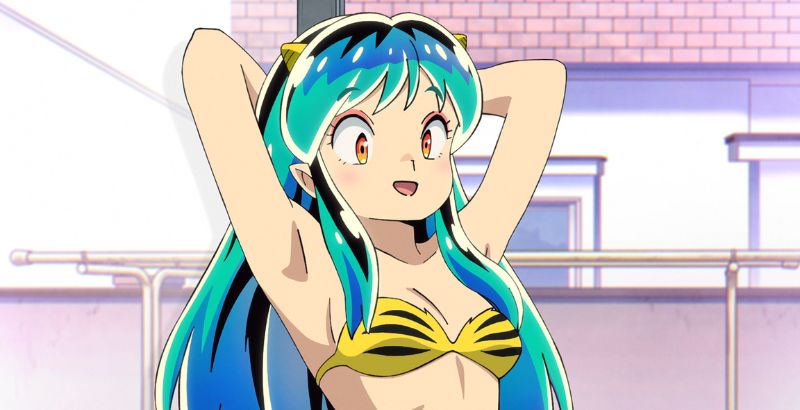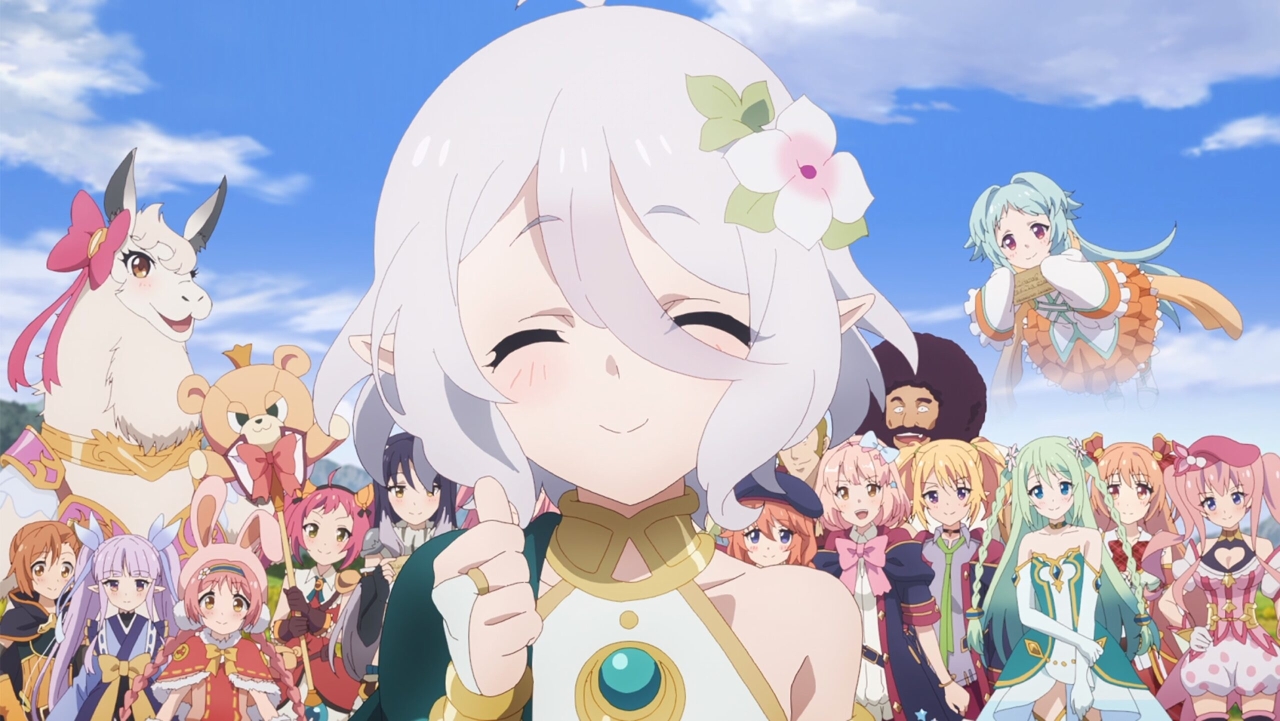John’s Picks for 2022’s Best TV Anime
Having watched a lot of anime, I prefer to define any given year’s best works by recognizing the most creative, interesting, unique, and new titles. So I particularly try to de-prioritize sequels and new seasons of older shows. Fan favorite series including Chainsaw Man, Kaguya-sama wa Kokurasetai -Ultra Romantic-, Mob Psycho 100 season three, and SPYxFAMILY are overly obvious contenders for best of the year, and for various reasons I’m inclined to look beyond them. I counted 221 “new” broadcast and streaming anime released in 2022. My count excludes new seasons that continued episode numbering. And I’m sure that a few obscure premieres slipped past my notice. Out of those 221 new anime, I had the fortune of watching at least one full episode of each excepting Ohiru no Shocker-san and Madtoy Chatty.
Contrary to claims from corporate reflections published by Escapist, Polygon, GameRant, and Crunchyroll proclaiming 2022 “one of the best years for the medium in modern history,” and “an exceptional year for anime,” I don’t think that 2022 was a great year for new anime. 2020, 2017, and 2015 were great years for new anime. 2022 was an average year compared to most.
In the same way Edward Hopper’s iconic 1942 painting Nighthawks captures the simultaneous existential loneliness and latent possibility of the urban nightscape, Yofukashi no Uta vividly applied that sensation to adolescence. “Call of the Night” brilliantly captured the magical juvenile fascination with the night. A city at night is not merely a darkened familiar neighborhood. A city in the depth of night is an alternate witching-hour world of anonymity, freedom, mystery, and the potential for capital-r Romance. Denizens of the nighttime world aren’t just everyday people; they’re creatures of the night – enigmatic thrill-seekers, dangerous risk-takers, uninhibited adventurers, Gothic romantics. Yofukashi no Uta doesn’t merely depict its protagonist’s adventure. The show ensnares viewers and wraps them up into the exhilarating alienness of a personal twilight world. Every aspect of the show is tremendously evocative, from the mystical art and color design to complex, existential characterizations, unpredictable plot turns, lovely animation quality, and dynamic music. Every aspect of Yofukashi no Uta suggested a show that had the full creative investment of its staff to create a work of art that’s engrossing, fascinating, and intimately personal.
Lycoris Recoil is certainly the most kinetic girls with guns anime production since 2009’s Canaan and before that 2000’s Mezzo Forte. For better and worse, Lycoris Recoil is the epitome of grounded contemporary urban fantasy. The show’s scenario and series-spanning conflict feel very modern yet are abjectly silly if any common-sense logic is applied to them. The show’s action scenes are thrilling yet also based on a near complete lack of understanding of real-life firearm characteristics. An observant viewer should be able to tell rather quickly that the Lycoris Recoil animators have never fired a real handgun before. The show’s characters aren’t especially deep or complicated, yet they are distinct and believable, and they do progress through personal development. In the sense that Lycoris Recoil delivers every ounce of the seemingly intelligent, adult, provocative escapist entertainment promised by the very nature of contemporary anime, the show has to be considered a resounding success.
Akiba Maid Sensou achieves the same success by exponentially betting on the same characteristics that made Lycoris Recoil work. A pure fan-service production, Akiba Maid Sensou embeds itself in Japanese pop culture reference, hybridizing the classic yakuza stalwart ethic story with Akihabara’s maid café sub-culture while sprinkling in homages to classic anime including Ashita no Joe, Kyojin no Hoshi, and Flanders no Inu. By rights the mash-up of noirish nostalgia with ultra-kawaii shouldn’t work at all, yet somehow it does within Akiba Maid War, and it nearly even feels natural. Traditionally anime has been appealing because it offers a style of heartfelt, provocative, fascinating literary entertainment that absolutely no other medium can replicate. Akiba Maid Sensou succeeds wildly at being a literal wildly crazy mix-up of everything that viewers come to anime in search of.
Continuing the theme, BIRDIE WING -Golf Girls’ Story- similarly develops from an absurdist cross-over of inspirations. Numerous golf anime have starred male characters: Pro Golfer Saru, Ashita Tenki ni Naare, Dandoh. Far fewer have starred female characters. In fact, 1991’s Sweet Spot and 2021’s Sorairo Utility were both single-episode productions. So Birdie Wing earns the commemoration of first golf anime series starring female characters. But golfing alone isn’t unique in anime. Taking a cues from One Outs and Kaiji, turning golf into an underground fight club in which golfing is used as a negation between mobsters is a novel approach. Moreover, applying traditional shounen manga tropes to ladies golfing, and even going further to apply some bizarre sci-fi twists, makes Birdie Wing even more unpredictable and jaw-droppingly absurd. Beautiful art design and strong characterizations round out the excellent package. Unfortunately, mid-way through the show’s narrative turns toward a far more conventional course. While still highly entertaining, the later half of the series’ first season lacks much of the unpredictable zaniness of the earliest episodes.
Netflix and Liden Film’s ten-episode Kotarou wa Hitorigurashi is a little masterpiece. Unlike comparable anime including Oya-san wa Shishunki and Wakaokami wa Shougakusei that mostly concentrate on comedy, “Kotarou Lives Alone” juggles comedy, social satire, and highly affecting pathos. Ultimately the story is a satire of Japanese social conventions including politeness, self-responsibility, and civility. The show demonstrates that the Japanese social sensibility of trusting every citizen with autonomy and social responsibility creates considerate, dependable, independent citizens but also allows for emotional and physical abuse, abandonment, alienation, and loneliness. Since this show keeps its cast fairly small, and most of the characters are adults, the characterizations are unique and multi-faceted. The show has ample opportunity to reveal different aspects of its cast’s personalities, and the show’s situations are very relatable because they’re grounded in reality.
For one reason or another, several other 2022 premieres don’t occupy the same orbit as the forementioned titles however still deserve mention.
Director Hiroyuki Imaishi’s Cyberpunk: Edgerunners and Studio 4°C’s Yurei Deco both come from acclaimed artisans. And both shows are strikingly comparable although the lesser known one is arguably the superior one. Both shows depict a cynical, satirical, dystopic exaggerated future based on today’s reality; however, Yurei Deco applies much more creativity and thought to its speculative prognostication. Cyberpunk: Edgerunners takes an easier, more obvious and cliché approach. In a comparable yet broader scope, Yurei Deco swings for the outfield yet comes up short while Cyberpunk: Edgerunners seems complacent to settle for base hits. The characterizations of Yurei Deco are unique and varied while the characterizations of Cyberpunk: Edgerunners are mostly flat and unengaging. The visceral impact of Cyberpunk: Edgerunners is akin to a figurative slap in the face. Yurei Deco appears far more simplistic, yet the show approaches a greater variety of more complex themes with more delicacy and sophistication, even if the show doesn’t quite give its various aspects enough development to make them fully successful.
Creator Mitsuo Iso’s 2007 series Dennou Coil is one of anime’s lesser discussed masterpieces. His 2022 mini-series Chikyuugai Shounen Shoujo is quite good. Although a bit reminiscent of Mugen no Ryvius, “Orbital Children” tells its own unique story. The series’ underlying philosophical conflict isn’t unique or new, and the show doesn’t become as philosophical as it could have been. But the show does strike an effective balance between immersive adventure and intellectual, moral debate. Moreover, the show’s speculative concept design is wonderfully realized, visually and rationally. In effect, the series comes across much like a more grounded and also more effective sibling to Koji Masunari & Masaaki Yuasa’s 2010 feature Welcome to the Space Show.
Sono Bisque Doll wa Koi wo Suru is a well-produced, affectively written shoujo romcom on par with Ao Haru Ride, Kimi ni Todoke, and Bokura ga Ita. In other words, the show is highly entertaining but not exceptional. It stands out a bit this year only because it had little competition from other similar series.
Akebi-chan no Sailor Fuku had the misfortune of premiering with its weakest episode. The show would have been far better served if its first episode had been inserted as a flashback mid-way through the series. Narratively Akebi-chan no Sailor Fuku is an almost remarkably simple narrative about a cheery, optimistic girl making friends at her new high school. The show functions as a pleasant palate-cleanser, and iyashi-kei “healing” anime. Although its stylized character designs take some getting used to, the subtle highlight of the show is its soothing color design and exceptional animation quality that highlights fluidly detailed animation of mundane realistic actions and movements. Akebi-chan no Sailor Fuku absolutely won’t appeal to everyone, but viewers that perceive and appreciate its skillful technical nuances will be impressed.
The criticism that good time-travel stories are difficult to write is as commonplace as time-travel stories themselves. As the third anime production based in Tomihiko Morimi’s “Tatami Galaxy” universe, Yojouhan Time Machine Blues arguably isn’t a “new” 2022 premiere as much as it’s a new season of an existing franchise. The first and last episodes of the short six-episode series are largely unnecessary bookends. The core of the story told in episodes 2-5 is a thoughtful, narrowly focused, deliberative time-travel story that also advances the franchise’s relationship between the protagonist and Akashi. The core story earns credit for the density of its narrative. Absolutely every detail and reference has significance. Moreover, the story deliberatively explains the dynamics of its time-travel mechanics. The show’s simplified, rubbery aesthetic doesn’t look visually impressive, but the design style allows for especially expressive animation.
Made in Abyss: Retsujitsu no Ougonkyo demands attention in large part because it’s such a wildly inventive and unusual story. While viewers can mostly understand the story and empathize with its characters, the story is entirely otherworldly and bizarrely foreign. In this tragic story, characters willingly make massive personal sacrifices in exchange for the sensation of absolute freedom and escape. They literally abandon not only their previous lives but even their previous forms in order to gain “adventure.” But then they became complacent, satisfied with their Faustian bargain until they’re forced to recognize that their twisted gains still have an ever-increasing terrible cost yet to be paid in the form of Wazukyan who is frustrated that his compatriots have ceased seeking further experience and Faputa who believes the high price the villagers have paid still isn’t enough. And all of this terrible, horrifying situation is merely the setting that surrounds the series’ primary characters. The series’ storytelling is arguably too opaque, leaving the story arc confusing and not fully explained even at its end. But the visceral experience of witnessing the story unfold is unnerving, riveting, and fascinating.
The 2022 remake of Urusei Yatsura almost criminally excludes the iconic “Ventura, Ventura, Space People” chant and the iconic sound of Lum flying. But in exchange, the show has the benefit of forty years of retrospect that allows it to concentrate the most beloved aspects of Rumiko Takahashi’s creation. The 2022 version of Urusei Yatsura feels almost like a greatest hits remake that subtly emphasizes all of the characteristics of the 1981 series that fans have grown to love while abandoning the weaknesses and flaws that compromised the original adaptation.
Princess Connect! Re:Dive Season 2 deserves brief mention for doubling down on everything that made the first season enjoyable. Additional entertaining characters, laughable situations now complemented by answers to the first season’s back-story questions, and even more jaw-dropping spectacular animation and eye-popping visually detailed action scenes demand respect and praise.
